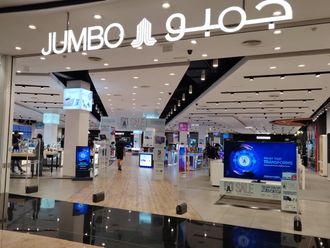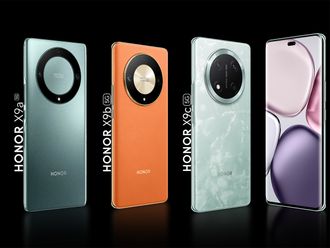
As we look to 2022, there are three trends I think are particularly key to the way we’ll do business on social media - creator collaboration, comprehensive commerce, and prepping for the metaverse. Here’s what you need to know about each.
Creator collaboration
There are now an estimated 50 million creators around the world, and they’ve built their own booming creator economy, estimated to be over $100 billion. From 2019 to 2020, the number of content creators earning more than $10,000 a month grew a whopping 88 percent.
Creators matter to businesses because they speak to their audiences in the native language of social platforms and understand which platform-first creative will resonate best - whether they’re cooking up a new recipe or announcing a fashion drop.
Creators are also ahead when it comes to experimenting and innovating to connect with their audiences - using AR and VR, for example, with impressive results. Take the campaign we worked on with Mobily and Milklab (Facebook marketing partner) to develop an AR filter during Ramadan last year. The filter was promoted through a Facebook campaign allowing users in Saudi Arabia to share a variety of smiles and gave them a chance to play a mini-game with a premium smartphone as a potential reward. The campaign’s primary goal was to help raise awareness around positivity and happiness and to align Mobily’s brand with the idea that every smile is a gift worth sharing.
Video is another important medium for creators: it now accounts for almost half of all time spent on Facebook, and Reels is already the largest contributor to engagement growth on Instagram.
Businesses now have lots of ways to communicate with people across Meta using video. Product tags allow customers to buy directly from video, while AR helps create an immersive shopping experience.
The creator economy is only going to get bigger. For businesses, understanding it is going to be crucial: how creators work, the tools and the visual language they use, and how to collaborate with them.
Comprehensive commerce
We’re on a journey to create a more personalised, seamless customer journey across our platforms, from learning about a product to it arriving on your doorstep. When COVID-19 shut down bricks-and-mortar stores, we launched Shops, businesses’ digital storefront across the Meta family of apps. Shops make it easy for businesses to set up a virtual store and sell online, and it helps people discover new brands and products they’ll love in places they’re already spending time. There are now more than 1.2 million monthly active Shops on our platforms, and over 300 million monthly Shops visitors.
We’re also seeing immersive technologies like virtual reality and augmented reality becoming the foundation of the shopping experiences. One that’s already making waves is the ability to test products before purchasing them, an experience that has been hard to replicate in ecommerce.
In the short-term, the primary way people will experience the metaverse is through 2D apps. That’s why it’s critical for brands to stay focused today on building new commerce channels across Facebook, Instagram, Whatsapp or Messenger, as these will be the foundational elements to help grow their businesses in the metaverse in the future.
Preparing for the metaverse
Te metaverse offers the most significant commercial opportunities since the creation of the internet. Some of the technology that will power the metaverse is already here: Ray-Ban Stories, for example, our first smart glasses, and our product Workrooms, which allows you to work with other people in VR.
Experimenting with these early glimmers of the metaverse now is a great way for businesses to prepare for its arrival, five or 10 years from now. The creative possibilities for businesses in the longer term are also incredibly exciting. A brand might design limited-edition digital merchandise to promote a new physical line, allowing fans to show their love for the brand in the metaverse.
Service-oriented businesses like painters or plumbers could conduct home consultations in the metaverse using WhatsApp video calls for customer support. An organisation could partner with a creator and host a live event there to deepen engagement with their brand.
Businesses that truly embrace the creative potential of our platforms and learn to work with the creators that understand them best won’t only be enhancing their customers’ experience today. They’ll also be putting themselves in pole position for the metaverse reality of tomorrow.
One thing we’ve all learned from the last year is that technology doesn’t stay still. As business leaders, it’s up to us all to keep pace with it next year and beyond.












